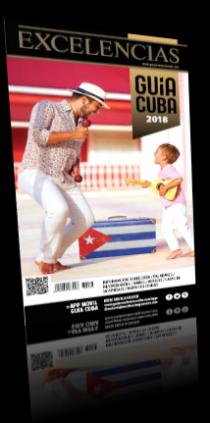- Balloons in Cuba
In November 1782, French brothers Josseph-Michel and Jacques Montgolfier discovered that the fire in their chimney was able to raise a paper bag, so it occurred to them to build the first balloons. After several attempts with small balloons, on June 5, 1783, they presented their invention to hundreds of people in the French town of Annonay. It was a paper-lined cloth balloon, filled with the hot air of a campfire, which remained elevated for 10 minutes, reaching a height of 1000 meters.
Months later, on September 11 of that same year a balloon “manned” by a duck, a sheep and a rooster took off from Versailles. The flight lasted eight minutes and was witnessed by King Louis XVI and the rest of the court. Just a month later, Pilatre de Rozier and the Marquis of Arlandes were the first human passengers to fly in a balloon. The balloons began to be known around the year 1796, and in the mid-nineteenth century the balloon ascensions became an entertainment spectacle.
The first aeronaut of Cuba was a Frenchman from New Orleans, Eugenio Robertson. On March 19, 1829, a hot air balloon was raised in Havana's Plaza de Armas, as part of the celebrations for the inauguration of El Templete, which won the far-from-insignificant amount of 15,000 pesos. In 1830, French Adolfo Theodore made three ascents. He was followed by Cuban José Domingo Blinó, who built his own balloon and prepared the hydrogen gas to inflate it. He made a first ascent on May 3, 1831 and a second one in 1833. There were other enthusiastic aeronauts such as the Americans Hugo Parker, who flew on July 10, 1842, and William Paullin, who took off on April 27, 1845, as well as the Frenchman Victor Verdalle who did it in February, 1850. The cases of Eugenio Godard were relevant, who made several ascents with considerable success, and the one made by the eccentric Boudrias de Morat who flew from the Champ de Mars on March 22, 1856.
Born in Portugal, Matías Pérez, who owned an awning workshop on Neptuno Street and was also known as El Rey de los Toldos, was the only one of these adventurers who went down in history. A scholar and a lover of aeronautics, he bought La Villa de Paris balloon from Eugenio Godard for 1,200 dollars. On June 12, 1856, the people of Havana gathered to see the departure of the Portuguese. His balloon met good winds and descended two miles from El Cerro. A few days later, he had the permission to do a second ascent, set for June 28, but later transferred for the morning of the 29th. After a long wait due to the inclement weather, he was seen flying over the Paseo del Prado and dragged towards the sea by the wind, which made it disappear behind the clouds.
Although a meticulous investigation was conducted throughout Pinar del Río, Havana and Matanzas, Matías Pérez was never found. Some years later, in some nearby keys, the remains of a hot air balloon were found, but it was never known if it was La Villa de París. Today, when someone disappears without leaving any trace it is said that "He flew away like Matías Pérez." It was the Portuguese Matías Pérez who could first admire the beauties of the island from the air, establishing a pattern for the aeronauts of today in their different flight modes.














